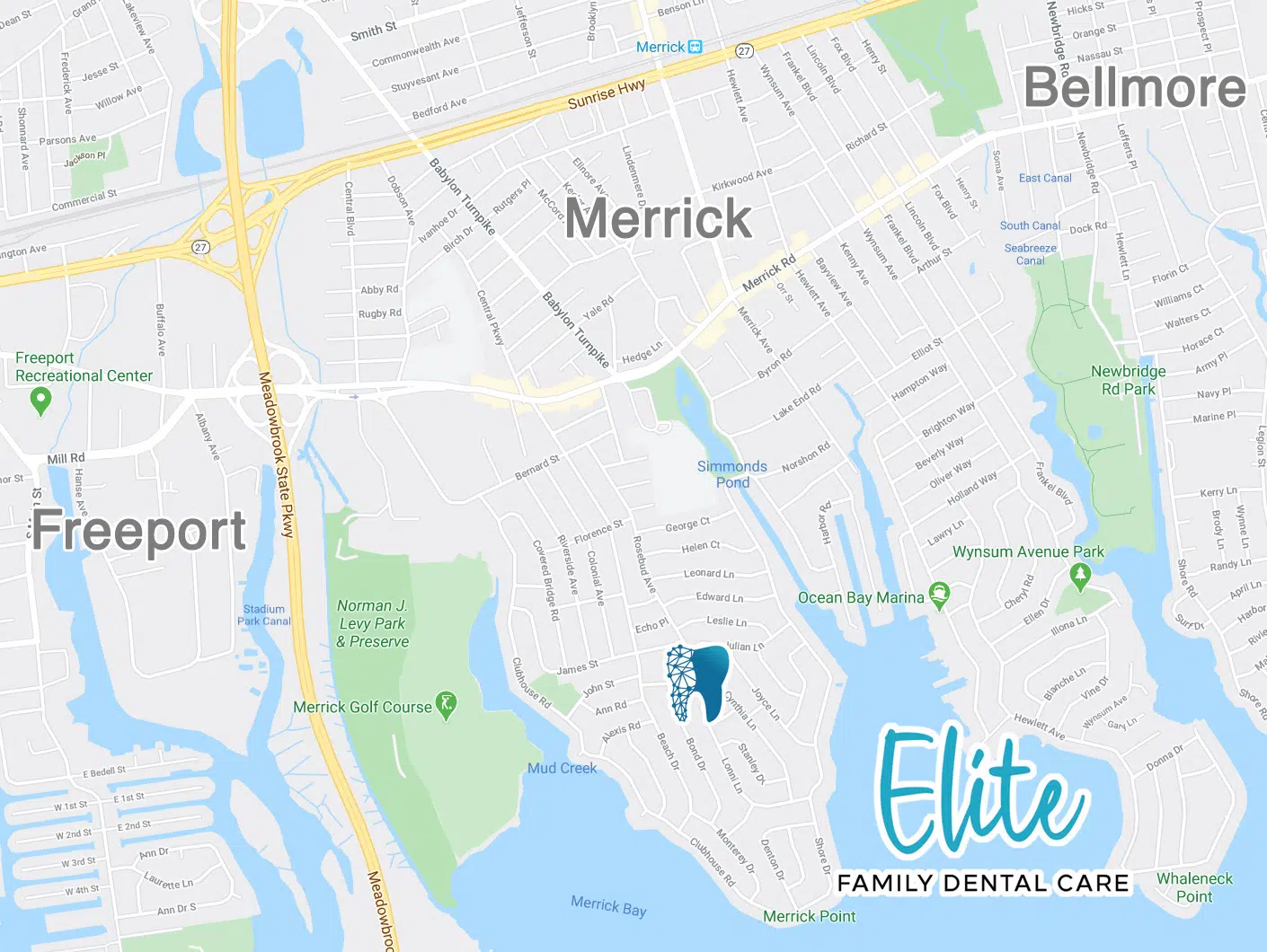
Dental implants
Dental implants are used to replace tooth roots. Implants provide a strong foundation for fixed or removable replacement teeth. Dental implants are small anchors made of biocompatible metal, called titanium, placed in the jawbone. The anchors begin to fuse with the bone over a few months. After the fusing process, known as osseointegration, abutment posts are inserted into the anchors to allow for the attachment of the replacement teeth. To fabricate the replacement teeth, an impression is taken and a model of the bite is created. The replacement teeth are based on this model. Replacement teeth can either be crowns, bridges, or dentures.
Wisdom teeth
Wisdom teeth, or third molars, are removed only if they are deemed potentially problematic. There are several reasons a wisdom tooth might be labeled as problematic. Factors that determine whether or not wisdom teeth must be removed include jaw size, crowding, proper occlusion, and impaction. Often, radiographs taken at regular dental cleaning appointments will show when wisdom teeth extraction is recommended.
Bone grafting
Bone grafting may be required to address defects in a patient’s jaw. Bone grafting is a form of reconstructive surgery that helps to generate and rebuild bone and increase bone density.
Nerve injuries
Nerve injury can sometimes result from routine or complex procedures, such as root canals, wisdom tooth removal, or the placement of prosthetic jaws. When this happens, the patient will experience decreased or changed sensation in their mouth, tongue, or face. Many times these symptoms are temporary and the nerve damage will heal over time. There are times, however, when surgical intervention is necessary and it is important to have our doctors assess and monitor any possible signs of nerve damage to determine when and if surgical treatment is necessary. Most times, the majority of natural sensation will return, although it can sometimes take longer than expected.
Oral pathology
Nerve injury can sometimes result from routine or complex procedures, such as root canals, wisdom tooth removal, or the placement of prosthetic jaws. When this happens, the patient will experience decreased or changed sensation in their mouth, tongue, or face. Many times these symptoms are temporary and the nerve damage will heal over time. There are times, however, when surgical intervention is necessary and it is important to have our doctors assess and monitor any possible signs of nerve damage to determine when and if surgical treatment is necessary. Most times, the majority of natural sensation will return, although it can sometimes take longer than expected.
Dentoalveolar surgery
The term dentoalveolar refers to the teeth and the alveolar bone that supports the teeth. Oral surgery involving the dentoalveolar area is the basis for a large number of oral and maxillofacial surgery procedures. Dentoalveolar procedures simple procedures, such as simple extractions to much more complex procedures. Often, a combination of procedures requiring extraction, modification to the bone, and/or modification of the gum tissue surrounding the surgical site are included in dentoalveolar surgery.
Dentoalveolar procedures may include a combination of the following:
- Partial or full tooth extraction
- Removal of bone material
- Reshaping of bone material
- Soft tissue removal
- Soft tissue repair
TMJ disorders
The temporomandibular joint (TMJ) connects the jawbone to the skull. TMJ disorders often cause discomfort in the cheek, jaw, or ear areas and can affect normal jaw function.
Gingival (gum) grafting
Commonly used to treat root exposure resulting from receded gum tissue, a gum graft involves removing tissue from the roof of the mouth or from gum tissue near the tooth and stitching it into the area needing gingival repair.
Pre-prosthetic surgery
There are certain clinical circumstances in which oral surgery procedures will be necessary to help prepare for or facilitate the prosthetic phase of patient treatment. These procedures may include either hard or soft tissue surgery, or even a combination of the two.
Platelet rich growth factor
Platelet Rich Growth Factors and Platelet Rich Fibrin are a form of mixed gel that can be applied directly into tooth sockets and other sites. Placing this material in tooth sockets after tooth extractions can improve soft tissue healing and positively influence bone regeneration.
These techniques offer a new approach to tissue regeneration. PRP derives from the centrifugation of a patient’s own blood and contains growth factors that influence wound healing. This is important in tissue repairing mechanisms. The use of PRP in surgical practice could have beneficial outcomes, reducing bleeding and enhancing soft tissue healing and bone regeneration.
Facial trauma
Facial trauma involves injuries to the bone, teeth, skin, gums, or other soft tissues. The primary goals of treatment are to stop any bleeding, create a clear airway, repair any broken or fractured bone, and suture any damaged soft tissue. As long as there are no life-threatening injuries or neck fractures, immediate treatment is often ideal. Treatment of facial trauma often requires a hospital environment although some procedures can be performed in an office setting.
Cleft lip and palate
Cleft lip is an opening or split in the upper lip, and cleft palate refers to an opening or split in the roof of the mouth (palate). Cleft lip and cleft palate result when these developing facial structures in an unborn baby do not close completely.
Sleep apnea treatment
Obstructive sleep apnea is an ongoing condition that disrupts sleep. When breathing is paused or becomes shallow, one will often move out of deep sleep and into light sleep, making the quality of sleep poor.
Botox treatment
BOTOX® Cosmetic is a prescription medicine that is injected into muscles and used to temporarily improve the look of moderate to severe frown lines between the eyebrows (glabellar lines) and around the side of the eyes (crow’s feet lines) in adults for a short period of time.
Sinus lift
A sinus lift, also sometimes referred to as sinus augmentation, is performed when there is a need to increase the amount of bone structure in the molar and/or pre-molar section of the upper jawbone. This surgery is usually performed for the purpose of supporting a dental implant, which can be placed once the bone has healed and shows sufficient density and mass to support the implants.
Frequently asked questions
Is oral surgery considered major surgery?
There are some oral surgery procedures that are considered major surgery, such as orthognathic surgery, while others – the majority actually – are more minor procedures that can be performed on an outpatient basis, like dental implants and wisdom tooth extractions.
Are you awake during oral surgery?
You will not be awake during a major surgery, but for other procedures, it’s often up to you whether you remain awake or not. There are forms of sedation available that help you relax during your procedure while remaining conscious and aware of your surroundings. Even if you decide not to use sedation at all, you will be given local anesthesia to ensure your comfort.
What should I avoid after oral surgery?
After oral surgery, you should avoid smoking, strenuous activities, hot or spicy foods, and using straws. We will give you more detailed instructions based on the procedure you’re having.
Can I go to work after oral surgery?
This depends on both the procedure in question and your own preferences. In most cases, people opt to take the rest of the day off work. For more major types of oral surgery, you may need several days or even a week off of work to recover. We’ll let you know what to expect during your consultation so you can make preparations.
Is oral surgery painful?
Oral surgery is not painful because we use local anesthetic to numb the area where we’re working, but once your surgery is complete and the anesthetic begins to wear off, you will likely feel some discomfort. We’ll recommend either over-the-counter pain treatments or prescribe a medication to keep you comfortable during your recovery.


